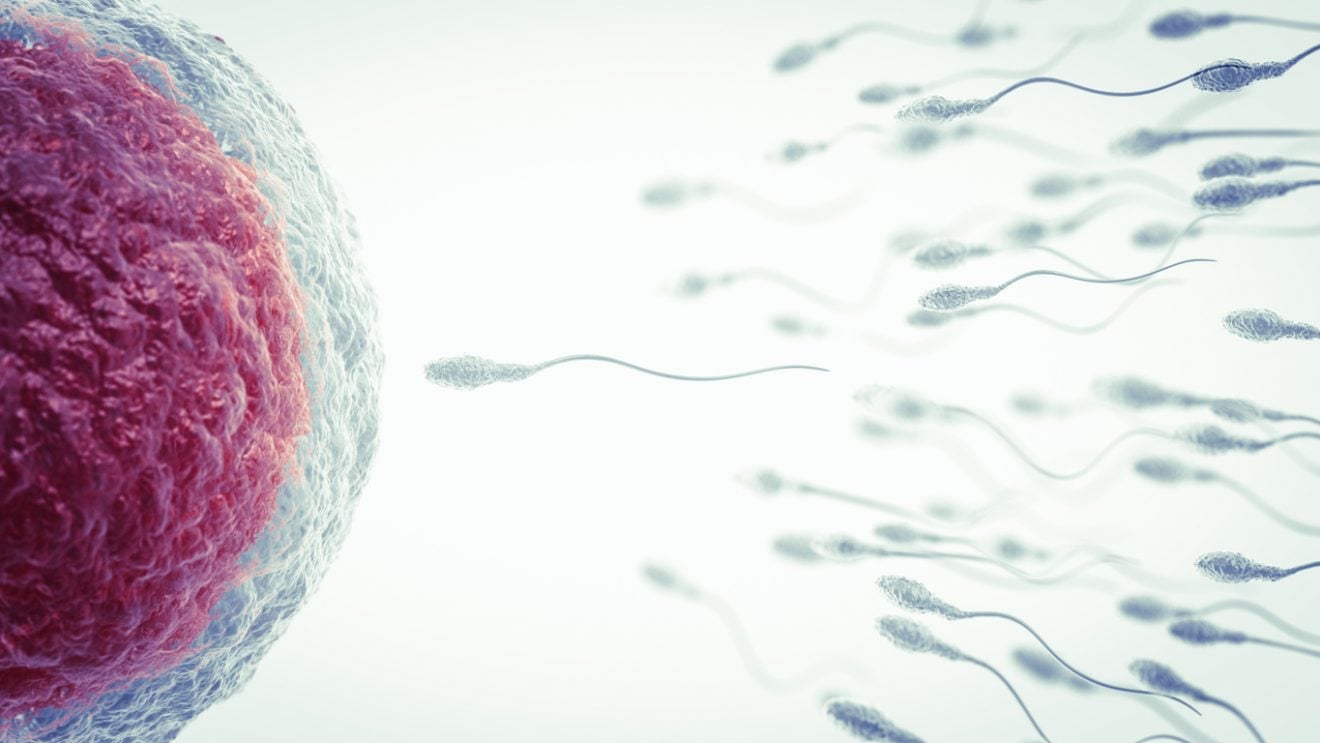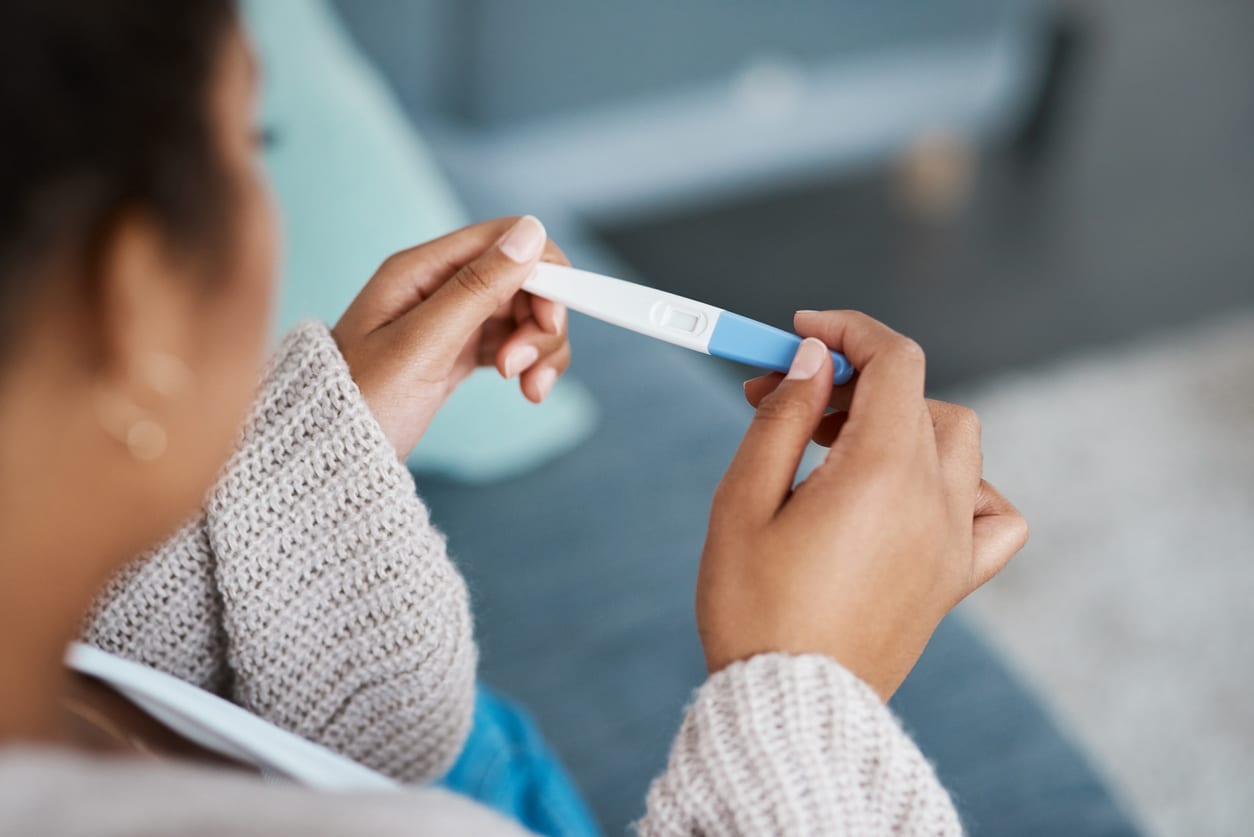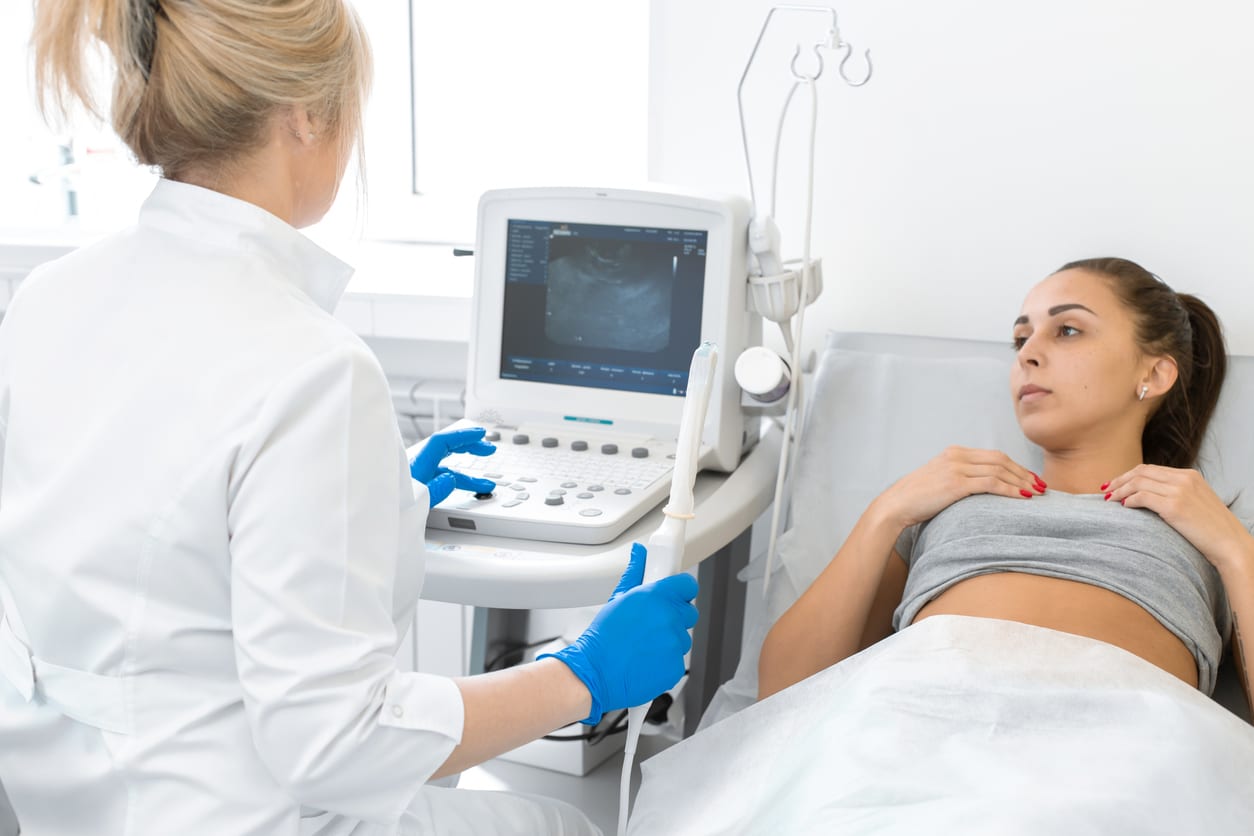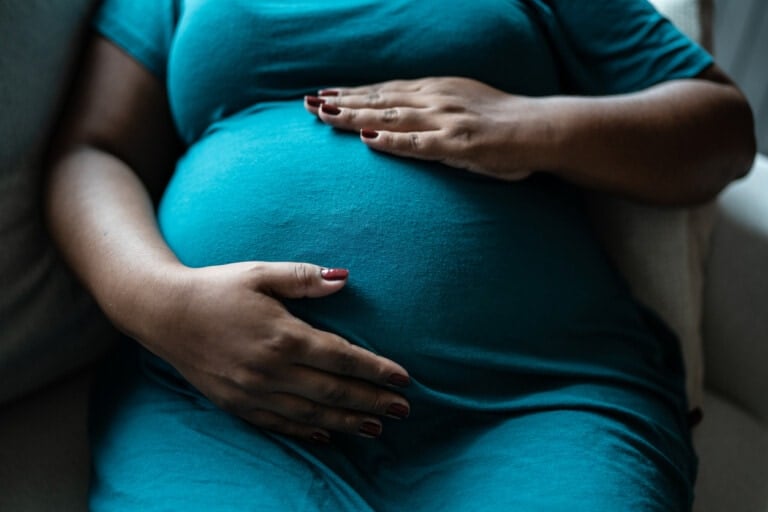When you and your partner are trying to conceive, bleeding is typically the last thing you want to see. However, sometimes it’s a good sign that you may be pregnant! It’s called implantation bleeding and can occur approximately 10-14 days after conception.1 Of course, most women who experience implantation bleeding feel concerned that there is any bleeding at all! So, here are some common questions, and answers, to help you feel more aware and informed about implantation bleeding.
What You Need to Know About Implantation Bleeding
What causes implantation bleeding?
Short answer: The embryo implants into your uterus, establishing the pregnancy, but it can also cause a little bleeding.
How does implantation bleeding occur?
If you are actively trying to conceive, you are likely tracking and counting the days of your cycles. Most pregnancies achieve fertilization or conception (when the egg and sperm come together to form the embryo) in the 2 days before or on the day of ovulation, which occurs around day 14 on average. After ovulation, your body begins preparing the lining of your uterus to be strong enough to support a pregnancy. If fertilization occurs, a small cyst on the ovary called the corpus luteum begins secreting progesterone and estrogen. This stimulates the uterine lining to thicken by forming glands and blood vessels.

The next step in pregnancy is implantation, which occurs between days 20-24 of your cycle. Implantation occurs in three phases: apposition, or initial contact; adhesion consisting of increased contact, and invasion. During invasion, the embryo and the cells that eventually form the placenta begin penetrating the uterine lining, including part of the uterine muscle and blood vessels. As you can imagine, penetrating blood vessels will likely cause some bleeding. This bleeding leaves your body just like a period with vaginal bleeding.
How do I know it’s not my period?
The timing and character of the bleeding can help you distinguish between your period and implantation bleeding. Implantation typically happens 10-14 days after ovulation and conception, which is about a week earlier than your expected period. The bleeding you may experience at implantation is typically only a small amount of light bleeding – perhaps even only pinkish, red, or brown discharge or spotting. If it is heavy bleeding, it is more likely to be your cycle. You may also begin to experience some pregnancy symptoms at this point, including breast tenderness, fatigue, and nausea. Unfortunately, these symptoms are very similar to premenstrual symptoms, so monitoring for these symptoms can be confusing.
Although these are all great signs to look for, the only way to know is to wait a few more days to see if your urine pregnancy test will become positive. At the time implantation bleeding occurs, your pregnancy test will still be negative.

What if I didn’t have implantation bleeding?
Don’t worry, you may still be pregnant. Not everyone will experience implantation bleeding, even with a successful pregnancy. Sometimes it may not occur at all, or in other cases, the bleeding can be so minimal you may not even notice it. If you miss your period, take a urine pregnancy test and contact your provider to establish early prenatal care.
Should there be pain associated with implantation bleeding?
Having some light cramping at the beginning of pregnancy is very common. However, pain can also be a warning sign that something else is happening. If the abdominal pain and cramping are severe or if the pain is sharp, stabbing, or lateralized to one side of your body, consult your provider as soon as possible. Pain + bleeding + a positive pregnancy test can indicate an ectopic pregnancy (a pregnancy located outside of the uterus) and, in some cases, can be an emergency. Your provider will perform a transvaginal ultrasound and blood work to evaluate the location and gestational age of the pregnancy.

In summary, bleeding after conception isn’t always a bad sign! It is important to be aware of your body, the timing of your cycles, and any pains and symptoms you may be experiencing when you are trying to conceive. Establishing care early in your pregnancy is important so your provider can perform testing to ensure all is well with your pregnancy and help prevent complications.






























